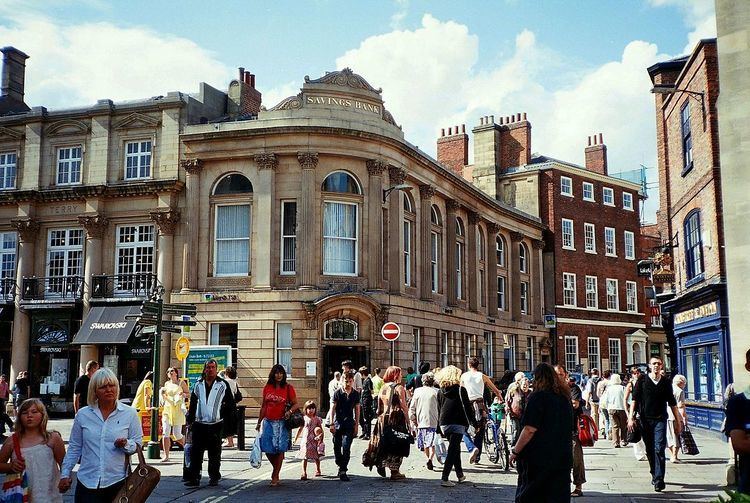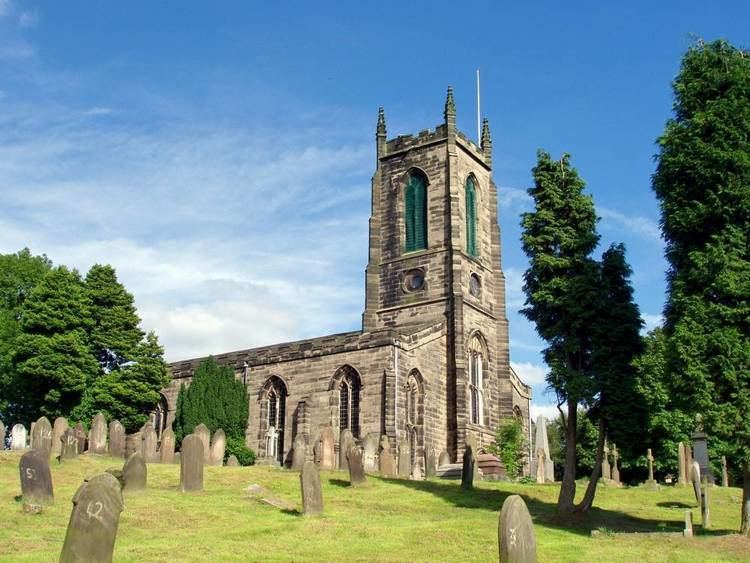Name James Pritchett Role Architect | Died 1868 | |
 | ||
Books A History of the Nonconformist Churches of York Structures | ||
York Pigott Pritchett plaque. 22nd May 2019
James Pigott Pritchett (14 October 1789 – 23 May 1868) was an architect of London and York whose practice stretched from Lincolnshire to the Scottish borders.
Contents

Personal life
Pritchett was born on 14 October 1789 to Charles Pigott Pritchett and Anne née Rogers, and christened 4 January 1790 at St Petrox, Pembrokeshire.
He lived for a time in London, and around 1813 moved to York, where he is recorded as a Congregationalist deacon, and, together with William Ellerby, wrote A History of the Nonconformist Churches of York.
He married Peggy Maria Terry on 22 December 1813 at Beckenham, Kent. They had three sons and a daughter. The eldest son, Richard, became a Congregationalist minister; the second, Charles Pigott Pritchett (1818–1891) was an architect; and in 1844 his daughter, Maria Margaret, married John Middleton (1820–1885), whose only child was the archaeologist and art historian John Henry Middleton (1846–1896), later a director of the Victoria and Albert Museum.
Pritchett's second marriage was to Caroline Benson on 6 January 1829 at Belton, Lincolnshire. They had three sons and two daughters. His eldest son, James Pigott Pritchett junior (1830–1910), was trained by him as an architect and later set up a practice in Darlington in 1854. Another son, John Benson Pritchett, became a surgeon,
Pritchett died in York on 23 May 1868 and was buried in York Cemetery, whose buildings he had designed, on 27 May 1868.
His nephew, George (1824–1912) was also an architect, who was active mainly in Hertfordshire and Essex.
Practice
Pritchett’s practice extended from Lincolnshire to the Scottish borders, with offices in York.
Known work includes:
Other examples are said to be found in York Minster, Rawmarsh, Brotherton and Meltham Mills.
